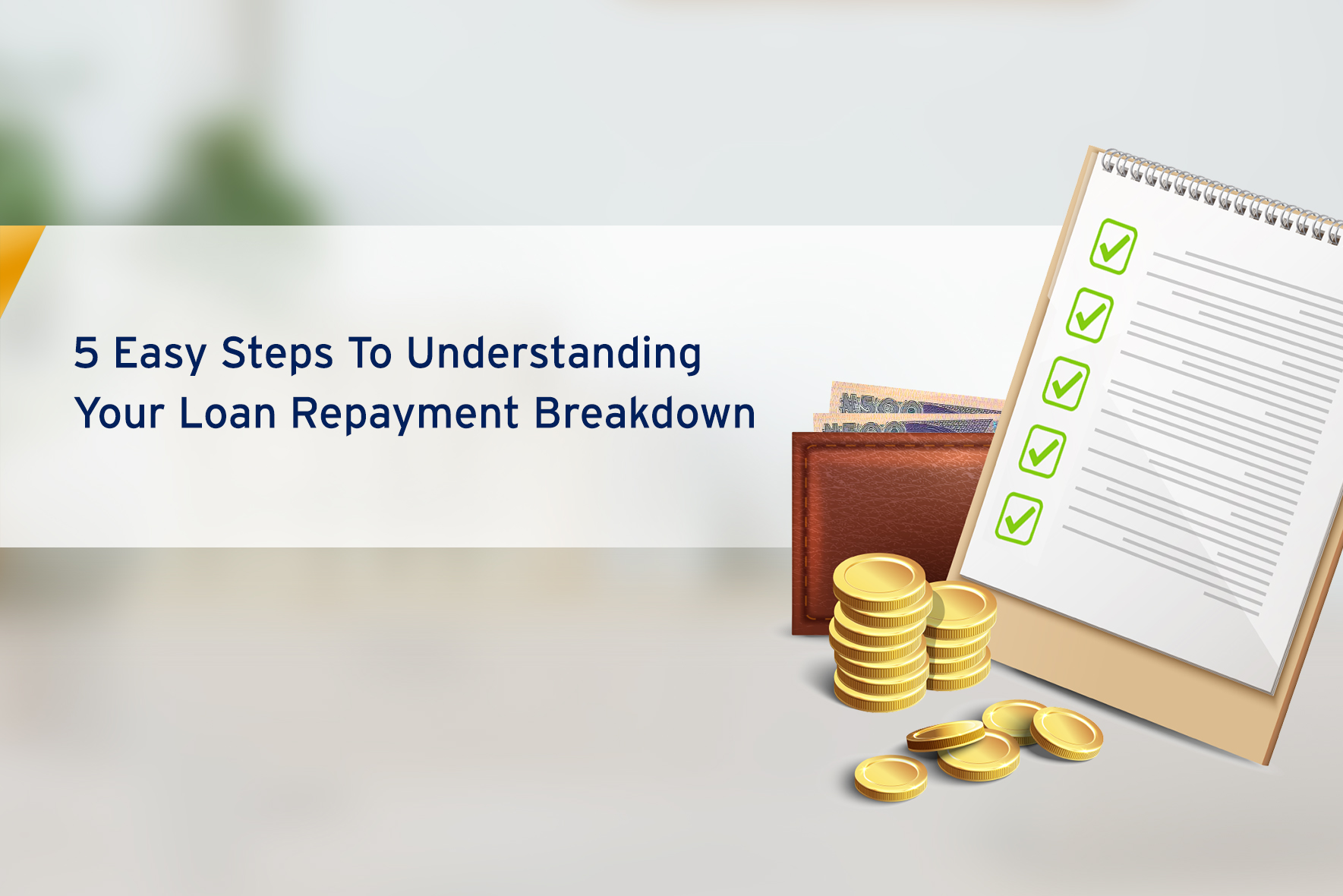
Five Easy Steps to Understanding Your Loan Payment Breakdown
Author Eyitemi Efole
Whether you are taking a business or a personal loan, understanding your loan repayment breakdown is key to helping you meet up with your obligations. Here are five easy steps to understanding your loan payment breakdown.
Getting a loan in Nigeria has become an instant affair, especially with the increasing number of digital service financial platforms providing quick loans to prospective customers.
Today, borrowers can access instant loans within 24hrs or sometimes in less than five minutes on different loan apps
Requirements for getting a loan in Nigeria
The process of getting a loan in Nigeria is not as tedious as it used to be. When applying for a loan these days, most lenders will ensure that they verify the applicant before proceeding and funding their loan.
This ensures that the loan is actually for that borrower and allows them to ask any follow-up questions to make sure that the loan is appropriate for them.
There are a few of the key requirements to accessing loans in Nigeria.
Ordinarily, lenders in Nigeria will require that you provide some or all of the following details;
- Name
- Date of Birth
- Home address
- Employment status
- Work address
- Proof of income
- Bank detail
Steps to understanding loan payment breakdown
What comprises a loan? There are several important terms that determine the size of a loan and how quickly the borrower can pay it back.
Other than that, a loan has several components that come together makeup what the borrower gets to pay back. Understanding these components, which are listed below, will help you get a hang of your loan payment breakdown.
-
Principal
This is the original amount of money that is being borrowed. When you take out a loan, your payments are primarily broken up into two parts; principal and interest. The loan principal is the amount you borrow and goes down as you begin to pay it back.
When you start to pay off a large loan, most of the minimum monthly payment you make will be on the interest, and then some will go toward your principal. That’s because the higher your principal, the higher the interest. And interest owed gets paid first.
-
Loan Term
This has to do with the amount of time that the borrower has to repay the loan. Generally, loan terms refer to the terms and conditions involved when borrowing money.
This can include the loan’s repayment period, the interest rate and fees associated with the loan, penalty fees borrowers might be charged, and any other special conditions that may apply. Reviewing loan terms carefully is important for understanding your obligations when taking out a loan.
Reviewing loan terms before signing off on a loan is important for several reasons. First, you need to know what your obligations are with regard to making payments on the loan. If your loan payment is due on a specific date each month, for example, you would need to know that to avoid paying late and potentially damaging your credit score.
-
Interest Rate
This is simply the rate at which the amount of money owed increases, usually expressed in terms of an annual percentage rate (APR).
Interest is essentially a charge to the borrower for the use of an asset. Assets borrowed can include cash, consumer goods, vehicles, and property. Because of this, an interest rate can be thought of as the ‘cost of money’.
Higher interest rates make borrowing the same amount of money more expensive. For loans, the interest rate is applied to the principal, which is the amount of the loan.
When the borrower is considered to be low risk by the lender, the borrower will usually be charged a lower interest rate. If the borrower is considered high risk, the interest rate that they are charged will be higher, which results in a higher cost loan.
There are basically two types of interest rates;
- Compound Interest Rate and
- Simple Interest Rates.
Understanding how both work will give you an edge in repaying your loan.
-
Loan Payments
The amount of money that must be paid every month or week in order to satisfy the terms of the loan. Based on the principal, loan term, and interest rate, this can be determined from an amortization table.
Larger loans may also require collateral, such as real estate or a vehicle. If the borrower defaults on the loan, these assets may be seized to pay off the remaining debt.
-
Added fees
In addition to the above listed, some lenders in Nigeria are known to layer up additional fees such as an origination fee, servicing fee, or late payment fees.
How to calculate loan payments and costs
Before taking out a loan, it’s important to know how much the monthly payments will be and whether your budget can reasonably accommodate the added expense.
Determining the exact amount of the installment payments in advance of establishing a new loan, however, can be difficult.
In addition to your loan’s principal amount, you will also be paying interest and any fees associated with the loan.
The simple loan payment formula includes your loan principal amount, your interest rate, and your loan term. Your principal amount is spread equally over your loan repayment term, along with interest charges due over the term. Although the number of years in your term might differ, you’ll typically have 12 payments to make every year.
The type of loan you have determines the type of loan calculator you need to use to figure out your loan payment breakdown. There are interest-only loans and amortizing loans, which include principal and interest.
Tips for paying off your loan
Paying off your loan ahead of schedule may help you focus on your other goals. Here are some strategies you can put into practice when considering repayment plans that could help you pay your debt off faster.
-
Pay more than the minimum
In some cases, especially with personal loans, you can pay off your debt and save on interest by paying more than the minimum every month.
The key is to make extra payments consistently so you can pay off your loan more quickly. Some lenders allow you to make an extra payment each month specifying that each extra payment goes toward the principal.
Before you begin, check the terms of your loan to determine whether additional fees or prepayment penalties may apply.
-
Pay more than once a month
In situations where you run into some extra cash, you can pay more than the required once per month. Again, this is on the condition that there is no prepayment penalty attached to the loan.
This may make it easier to stay on track with how much you owe.
-
Shorten the length of your loan
A longer loan tenure may be more convenient to pay, but in the long run, it is more expensive. Consider taking a shorter term as this may help you pay it off faster and save on the total cost of borrowing.
You may be able to qualify for a lower rate, or a shorter or longer loan term, depending on your situation. Remember, shortening the term of your loan could increase your monthly payments.
About Author

Eyitemi Efole
Eyitemi Efole is exploring the marketing field, with a particular interest in brand management, strategy, and operations. She is keen on understanding how brands build trust and connect meaningfully with their audience.









